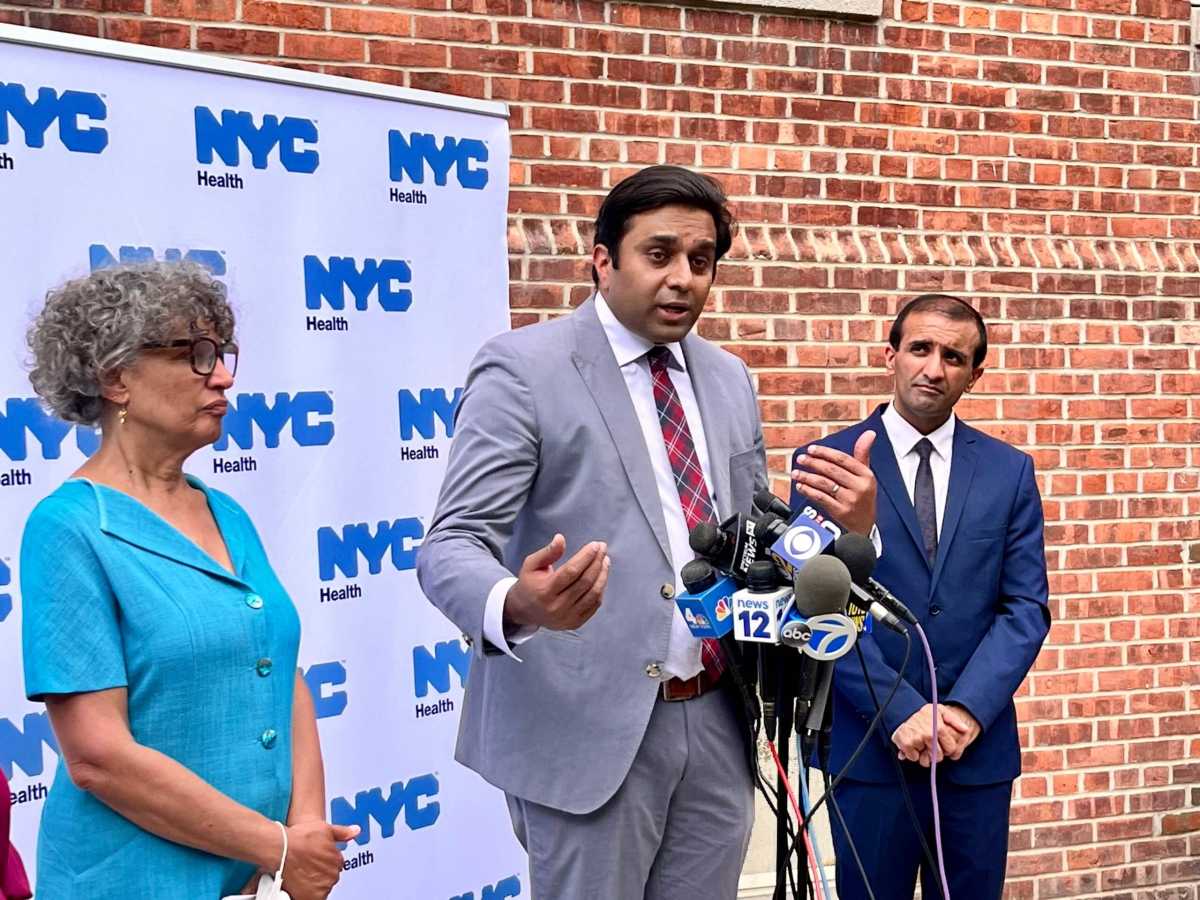A smaller percentage of Black, Latino and Asian patients in New York City received treatment for mpox (formerly known as monkeypox) compared to white New Yorkers, according to a new study of the NYC Department of Health and Mental Hygiene (DOHMH) published by a Centers for Disease Control (CDC) journal.
Mpox spiked during the summer of 2022, hitting New York City’s LGBTQ community hard, but cases have remained low since last fall, thanks in part to a strong vaccination campaign.
The study, co-authored by Maura Lash, a research scientist at the DOHMH, found that a higher percentage of white individuals diagnosed with mpox (38%) had been treated with the antiviral medication tecovirimat, when compared to Black, Latino and Asian New Yorkers (31%, 31%, and 30%, respectively), even though there were more cases among Black and Latino individuals than white people.
The study looked at the period between May 19–October 29, 2022, when 3,740 people were diagnosed with mpox — most of them men who had sex with men. Of those individuals, a majority identified as Black or Latino (61%) and lived in “medium- or high-poverty neighborhoods” (66%).
The authors note that racial disparities in treatment of mpox are similar to disparities in COVID-19 antivirals and HIV treatment. A 2022 CDC study, for instance, found that 36% and 30% fewer Black and Latino patients, respectively, were treated with the antiviral medication paxlovid compared to white patients.
“Future responses to public health emergencies must prioritize institutional and structural racism mitigation from the outset,” the study reads, “to build more resilient communities and healthcare delivery systems.”
The study also credited the DOHMH with connecting patients to available prescribers and mobilizing safety net hospitals and federally qualified health centers to conduct outreach and assistance to bolster access for underinsured and uninsured individuals.
Overall, though, 32% of New Yorkers with reported mpox were treated with medication, which was 12% greater than the national average.
The DOHMH did not return a request for comment regarding the study’s findings.


































